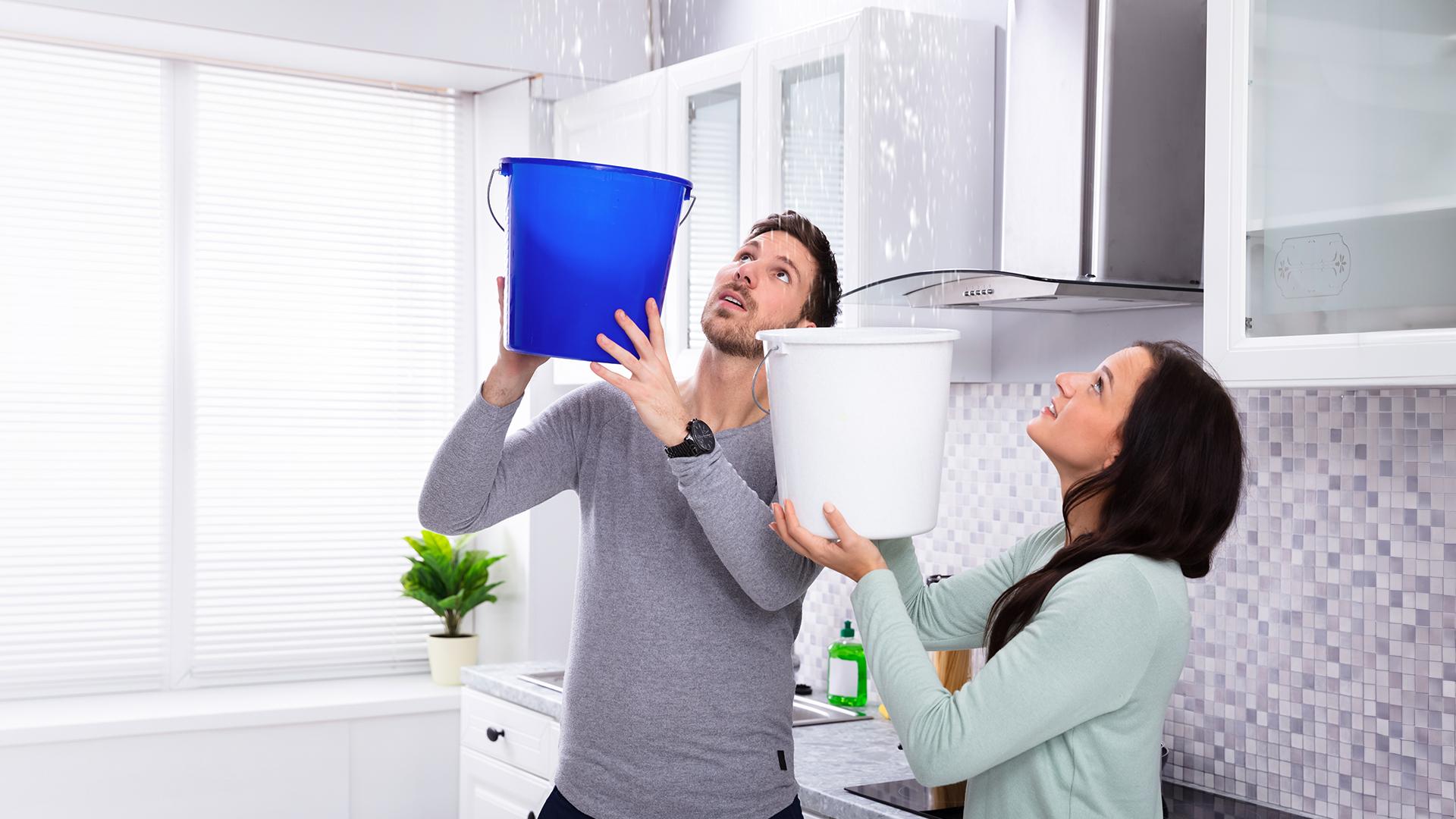Water damage cleanup: Why entrust the work to pros?
Updated on June 16, 2025
4 mins reading time

A leaky roof, a burst pipe or worse, a sewer backup? Once the infiltration is under control, it’s time to clean and restore walls, floors, and ceilings. For optimal results, it’s best to hire certified specialists. Here’s why.

Benefit from personalized advice
Do you have questions about your home, need specific information, or are you looking for referrals to find an Approved Supplier?
To contact our Residential Advisory Services
1-877-803-1118